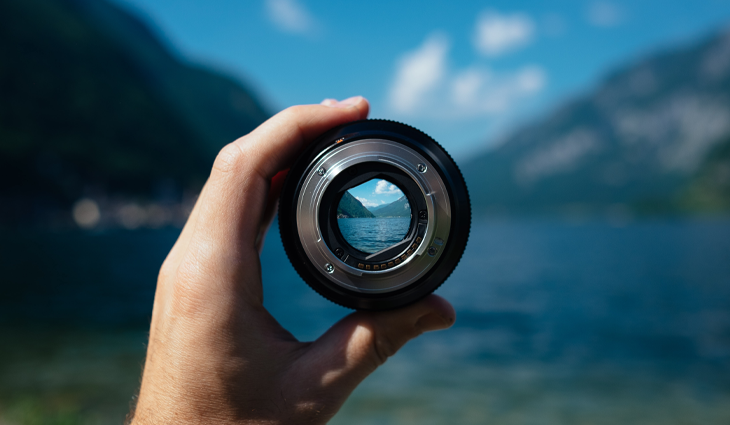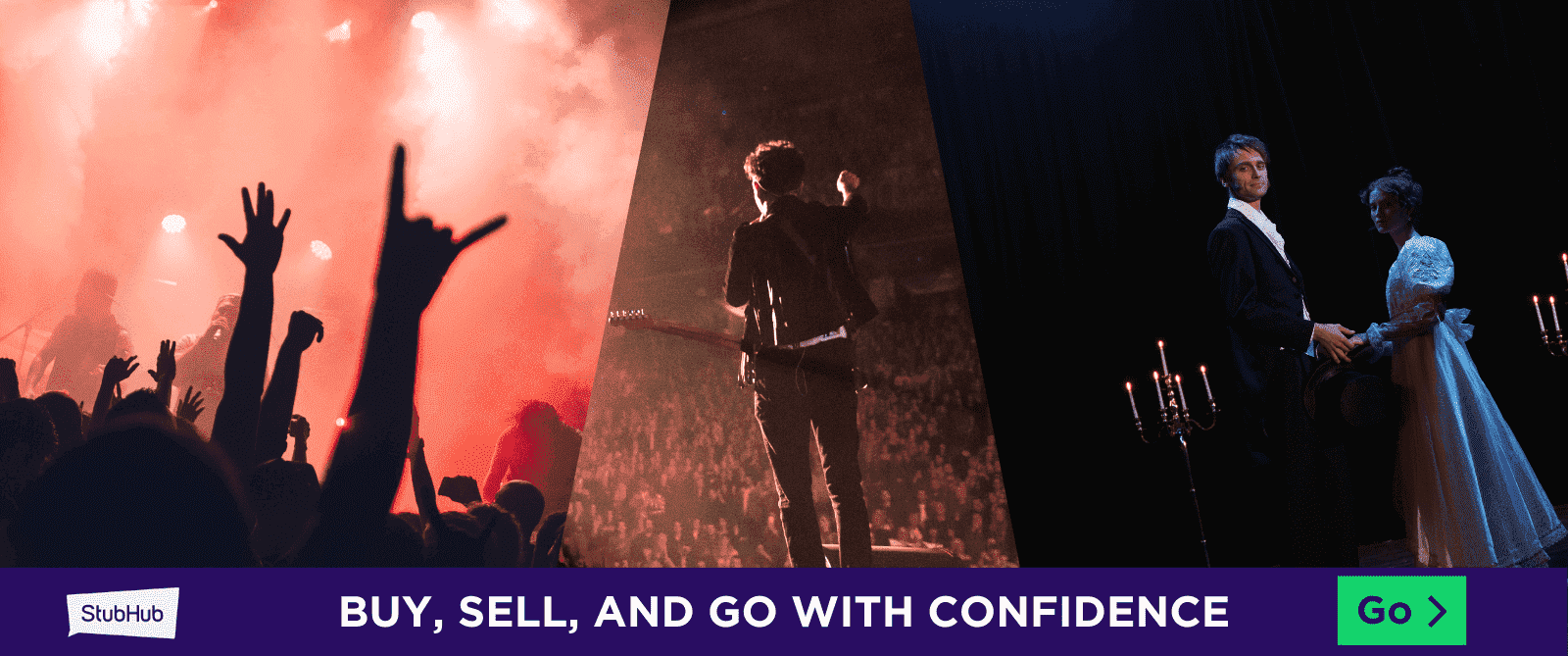
In the world of photography, the lens you choose can make
all the difference in capturing the perfect shot. Whether you`re a seasoned
professional or an amateur enthusiast, understanding the nuances of lens
selection is essential for elevating your photography to the next level. In
this comprehensive guide, we`ll delve into the intricacies of choosing the
right lens for your needs, explore the various types of lenses available,
provide tips for evaluating lens specifications, offer recommendations for specific
photography genres or preferences, showcase how different lenses can impact the
composition and style of your photographs, and highlight MPB as the
premier marketplace for purchasing high-quality lenses and cameras.
Importance of Choosing the Right Lens
The importance of choosing the right lens cannot be
overstated. Your lens selection directly influences the perspective, depth of
field, and overall aesthetic of your photographs. Whether you`re shooting
portraits, landscapes, wildlife, or street photography, selecting the
appropriate lens can significantly enhance the visual impact of your images. By
understanding your subject and the desired outcome of your photographs, you can
narrow down your lens options and achieve stunning results.
Various Types of Lenses and Their Uses
Lenses come in various types, each designed to serve
specific purposes and cater to different photography styles. Here are some
common types of lenses and their uses-
Prime Lenses
Prime lenses have a fixed focal length, meaning they cannot
zoom in or out. However, they typically offer superior image quality, wider
apertures, and better low-light performance compared to zoom lenses. Prime
lenses are ideal for portraits, street photography, and capturing sharp,
detailed images.
Zoom Lenses
Zoom lenses offer versatility by allowing you to adjust the
focal length within a range, enabling you to zoom in for close-up shots or zoom
out for wider angles. They are popular choices for travel photography, events,
and situations where you need to quickly adapt to changing shooting conditions.
Wide-Angle Lenses
Wide-angle lenses have a shorter focal length, allowing you
to capture expansive scenes and exaggerate perspective. They are commonly used
for landscape photography, architectural photography, and creative compositions
that emphasize space and depth.
Telephoto Lenses
Telephoto lenses have a longer focal length, enabling you to
magnify distant subjects and isolate them from the background. They are
essential for wildlife photography, sports photography, and capturing intimate
details from a distance.
Tips for Evaluating Lens Specifications
When evaluating lens specifications, it`s essential to
consider factors such as focal length, aperture, optical quality, and
compatibility with your camera body. Here are some tips to help you
navigate the technical jargon and make informed decisions-
Understand Focal Length
The focal length determines the angle of view and magnification
of the lens. Shorter focal lengths capture wider scenes, while longer focal
lengths magnify distant subjects.
Consider Aperture
Aperture refers to the opening in the lens that controls the
amount of light entering the camera. Wider apertures (lower f-stop numbers)
allow more light and create a shallower depth of field, ideal for achieving
blurred backgrounds and emphasizing the subject.
Optical Quality
Pay attention to lens construction, including the number and
type of lens elements, as well as coatings for reducing glare and improving
image clarity. Look for reviews and sample images to gauge the optical
performance of a lens.
Check Compatibility
Ensure that the lens is compatible with your camera body,
considering factors such as mount type and autofocus capabilities. Some lenses
may require adapters or firmware updates to work seamlessly with certain camera
systems.
Recommendations for Specific Photography Genres
Choosing the right lens for your preferred photography genre
can significantly enhance your creative vision and storytelling capabilities.
Here are some recommendations based on common photography genres-
Portrait Photography
For flattering portraits with creamy bokeh, consider a fast
prime lens with a wide aperture, such as a 50mm f/1.8 or an 85mm f/1.4. These
lenses excel at capturing sharp subjects against beautifully blurred
backgrounds.
Landscape Photography
Wide-angle lenses, such as a 16-35mm zoom or a 24mm prime,
are ideal for capturing expansive landscapes and dramatic vistas. Look for
lenses with minimal distortion and excellent edge-to-edge sharpness.
Wildlife Photography
A telephoto zoom lens, such as a 70-200mm or a 100-400mm, is
essential for capturing close-up shots of elusive wildlife. Pair it with a
teleconverter for even greater reach and versatility in the field.
Street Photography
A compact prime lens, such as a 35mm or a 50mm, is perfect
for street photography, offering a versatile focal length for capturing candid
moments and dynamic urban scenes.
Impact of Different Lenses on Composition and Style
The choice of lens can profoundly influence the composition
and style of your photographs. Let`s explore how different lenses can impact
your images-
Prime Lenses
Prime lenses encourage deliberate composition and creative
framing, as you cannot rely on zooming to adjust your perspective. They
encourage photographers to move around their subjects, explore different
angles, and find unique perspectives.
Zoom Lenses
Zoom lenses offer flexibility in framing, allowing you to
quickly adjust your composition without changing your position. However, they
may not encourage as much experimentation with perspective and composition as
prime lenses.
Wide-Angle Lenses
Wide-angle lenses excel at capturing expansive scenes and
creating a sense of depth and scale. They encourage photographers to get close
to their subjects and incorporate foreground elements to add interest and
context to their compositions.
Telephoto Lenses
Telephoto lenses enable photographers to isolate subjects
from their surroundings and capture intimate details from a distance. They
compress perspective, making distant objects appear closer together, which can
create compelling compositions and emphasize patterns and textures.
MPB- Your Trusted Marketplace for High-Quality Lenses & Cameras
When it comes to purchasing lenses and cameras,
MPB stands out
as a premier marketplace offering a wide selection of high-quality new gear.
Whether you`re in the market for DSLR lenses, mirrorless lenses,
medium format lenses,
rangefinder lenses,
or cine lenses, It has you covered. With a user-friendly
interface, extensive inventory, and stringent quality checks, it ensures that every purchase meets the
highest standards of reliability and performance. Plus, with competitive
pricing and a hassle-free buying process, it
makes it easy and affordable to upgrade your photography gear and unleash your
creative potential.
In conclusion, the art of lens selection is a crucial aspect
of photography that requires careful consideration and understanding. By
choosing the right lens for your needs, you can enhance your creative vision,
expand your photographic capabilities, and capture stunning images that
resonate with viewers. Whether you`re shopping for DSLR lenses, mirrorless
lenses, or cine lenses, MPB offers
a wide selection of high-quality used lenses to suit every photography style
and preference. Visit MPB to explore their extensive inventory and find
the perfect lens to elevate your photography journey.



